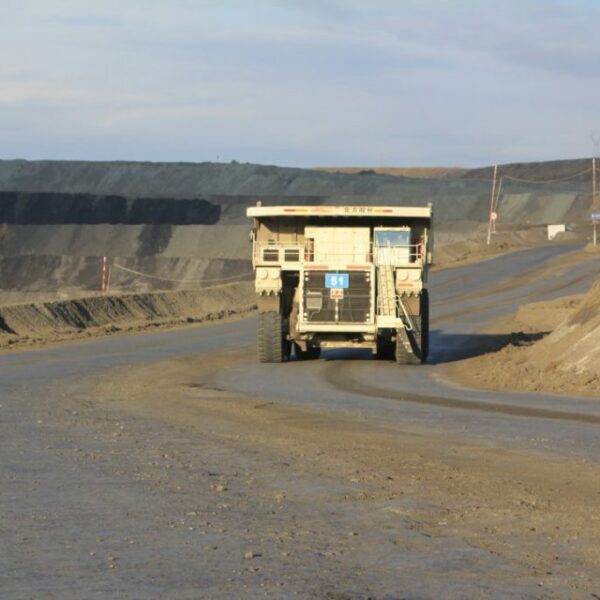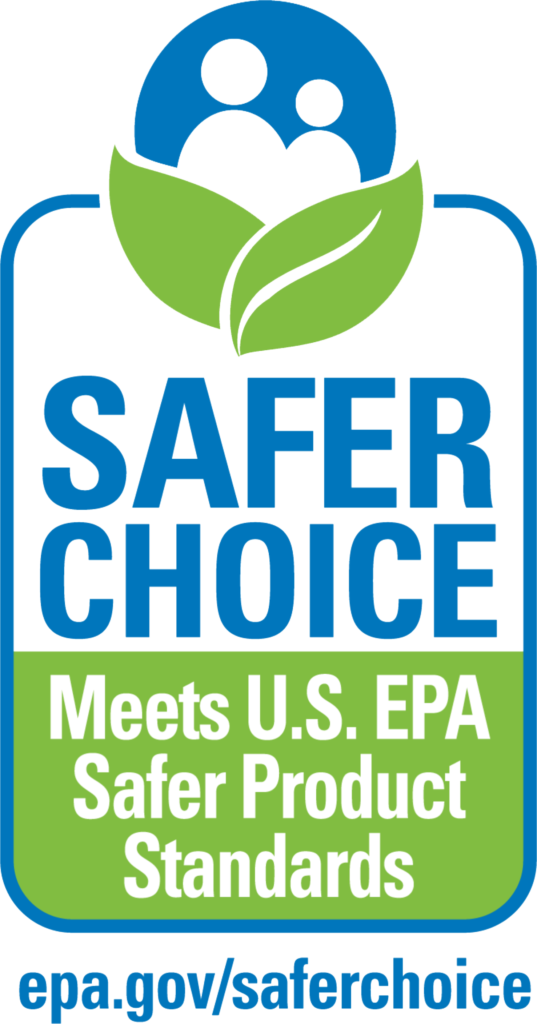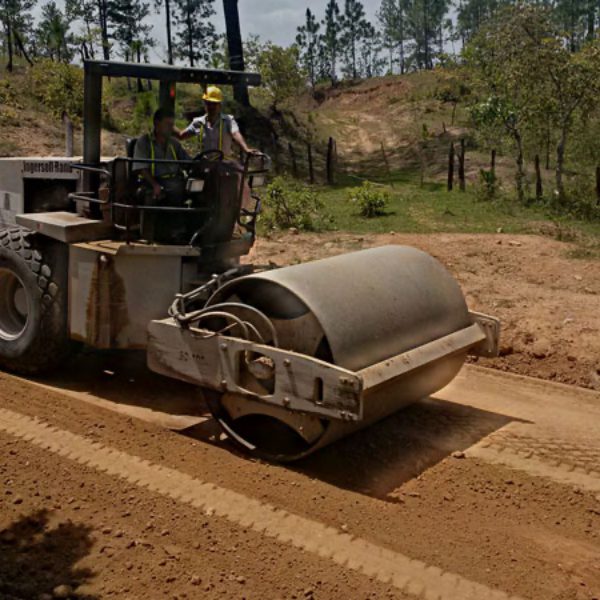
Why choose ROAD//STABILIZR®?
- Unique multi-enzyme product, developed to aid the workability, mixability, binding and compaction of clay-based materials
- All-natural environmentally-friendly product
- Cost-effective method for improving material strength and durability
- Easy application through standard road building equipment
- Induces cationic action, which binds dust particles together to help reduce road dust emissions
- Long-term savings over product life cycle
FAQ´s
ROAD//STABILIZR® is a long-term, superior soil stabilizer engineered to work on clay-based soils that is biodegradable, non-toxic and non-corrosive. ROAD//STABILIZR® works specifically on high clay content soils, which would normally be considered marginal in terms of their engineering properties. The product allows for the use of these types of in-situ materials providing substantial cost savings over traditional materials for road building, such as aggregate. Additionally, long term maintenance reductions are achieved, further reducing costs. ROAD//STABILIZR® improves the engineering properties of the road by increasing the density and CBR (California Bearing Ratio) value and reducing rolling resistance. This, in turn, reduces permeability and swell capacity, and produces a high strength road that performs much better in wet weather and during freeze-thaw cycles. Although the main goal is stabilization, ROAD//STABILIZR® treated roads also generate less dust due to the increased bonding characteristics and density of the clay particles.
The road can be opened as soon as final compaction is complete. In fact, the road will benefit from the compaction of traffic, further increasing its strength. The more traffic on the ROAD//STABILIZR® treated road, the better, as it helps to sustain the high densities and compaction values achieved during the construction process.
CBR gains will vary depending on the material being treated, and the densities achieved during construction. Increases of 50% to over 300% have been realized on various projects and during lab testing.
Yes, maintenance can be accomplished when necessary. It is typical to complete a light grader trim from time to time, on an as needed basis. ROAD//STABILIZR® treated roads require significantly less frequent and lighter maintenance than untreated roads.
Road profile is key in the performance of an unpaved road. Ideally, dual lane unpaved roads should be graded to between 3-5% to a central crown. Drainage and profile errors result in water pooling and erosion that will undermine the road.
No, water quality does not affect the performance of ROAD//STABILIZR®. Fresh, reclaimed, brackish and seawater have all been used successfully.
The most significant benefit is the reduction in construction costs. ROAD//STABILIZR® allows high strength and low maintenance roads to be constructed using low quality in-situ clay-based soils and gravels. Excavation costs to remove in-situ materials are eliminated and the quantity of expensive, imported aggregates is significantly reduced. ROAD//STABILIZR® treated roads are also stronger and more dense, resistant to water infiltration and less susceptible to swell and freeze-thaw damage.
ROAD//STABILIZR® consists of enzymes, electrolytes and surfactants. These three main elements work together to penetrate clay-based soils and alter the clay particles to become strongly and semi-permanently bonded to each other. Once altered, the clay particles behave like a flexible cementing agent that locks aggregate material in place. ROAD//STABILIZR® acts as a catalyst to remove excess water and promote a high degree of compaction and densification.
No, the effect of ROAD//STABILIZR® is not linear and increasing the application rate will actually reduce the beneficial properties by reversing the bonding of the clay particles. ROAD//STABILIZR® is engineered in combination with the application rate to achieve optimum performance.
No, ROAD//STABILIZR® itself is freeze-thaw stable, and ROAD//STABILIZR® treated roads are less susceptible to swell and damage caused by freeze-thaw cycles. However, ROAD//STABILIZR® should not be applied in freezing conditions.
ROAD//STABILIZR® is primarily a soil stabilizer that provides some dust control due to the increased compaction/binding of the soil, but dust control is not the main target. If the treated material is lower in clay content and higher in silt fines, some dust is expected as ROAD//STABILIZR® only works on the clay particles within a soil/gravel mix. If dust control is required, DUST/BLOKR® should be considered as a supplementary surface treatment to a ROAD//STABILIZR® application.
It is important to have some larger aggregates in the soil to allow for strong binding sites for the treated clay fraction. The soil does not require large aggregates but should have some gravel. If there already is gravel or stone in the scarified soil, do not remove it as it creates a good bond with the stabilized soil. If the inclination is high, add 5 cm of gravel in scarified soil, grader it and profile the road. After this, scarify it again and then apply ROAD//STABILIZR®. Homogenize the mixture with the grader (full length and return). When optimum moisture is achieved proceed with compaction. After the first pass with the compactor, add another 2-5 cm of gravel on the newly compacted surface which is still penetrable to create a very good anti-slippery surface. Use this procedure for high inclinations. The created bond between ROAD//STABILIZR® soil and gravel becomes very strong.
ROAD//STABILIZR® is distributed in a highly concentrated form; 1 L of ROAD//STABILIZR® treats 33 m3 of compacted soil. It should be lightly agitated prior to use. Even if some sediment is present performance will not be impacted and will be fully effective.
A well-drained road profile is necessary for all road construction projects, as well as means to freely transport run-off away from roads such as ditches, table drains and culverts. Water is called the “universal solvent” as it can dissolve and erode any material; managing it is paramount to success.
Compaction is second only to moisture content in the successful construction of a ROAD//STABILIZR® project. Consistent with standard construction best practices, a sheep’s foot or padfoot roller, steel drum and rubber tire are all used at different phases of the project. While all rollers have their place in the construction process, ideally a rubber-tire roller should be used for final compaction; however excellent roads have been built using a steel drum roller and the water truck as the finishing roller. Heavy traffic immediately after construction will accelerate the curing process, help maintain compaction levels and help seal the surface.
Yes, moisture content is extremely important to the success of a ROAD//STABILIZR® project and rain should be avoided during construction. Best results are achieved when the soil is compacted at Optimum Moisture Content (OMC), and rain will typically raise the moisture content above OMC. Issues that can arise from construction at moisture contents above optimal include lower compaction, surface cracking and delamination.



